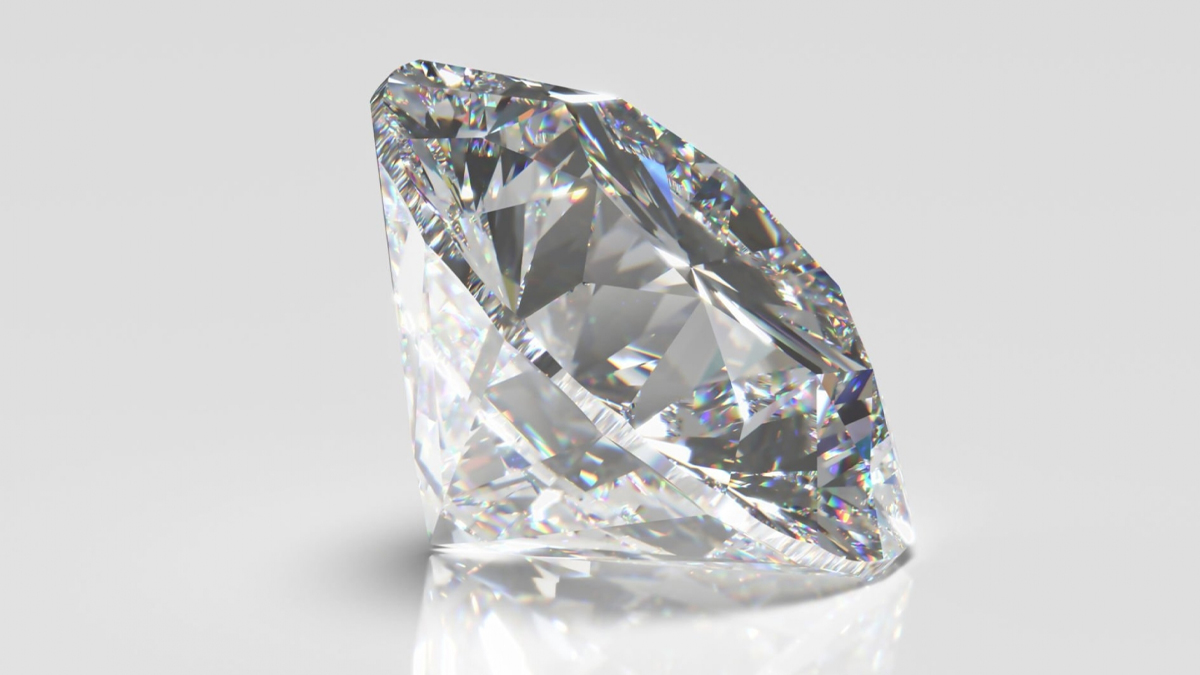Lab grown diamonds are physically, chemically and optically like natural diamond or mined diamonds. Lab grown diamonds have become increasingly popular in recent years. People are more aware of their advantages over natural diamonds.
The International Grown Diamond Association (IGDA) reported that the global sales of lab created diamonds increased by 15-20% in previous years. Generally, this lab created diamonds are more popular among younger generations like Gen Zers and Millennials.
Today we'll discuss the advantages of buying a lab-grown diamond. These include cost savings, a wide variety of sizes, and no negative environmental impact. Lab-grown diamonds are an excellent way to get the look of a natural diamond without the associated costs.
There are many reasons people choose a lab grown diamond for their engagement ring and other fine jewelry. Investing in a lab created diamond engagement ring is a wise choice. It offers the same luster, prestige, durability, and beauty as earth mined diamonds, but at a lower cost. You can create a lasting memory of a special occasion by purchasing a cost-effective piece of jewelry.
1. Eco-Friendly
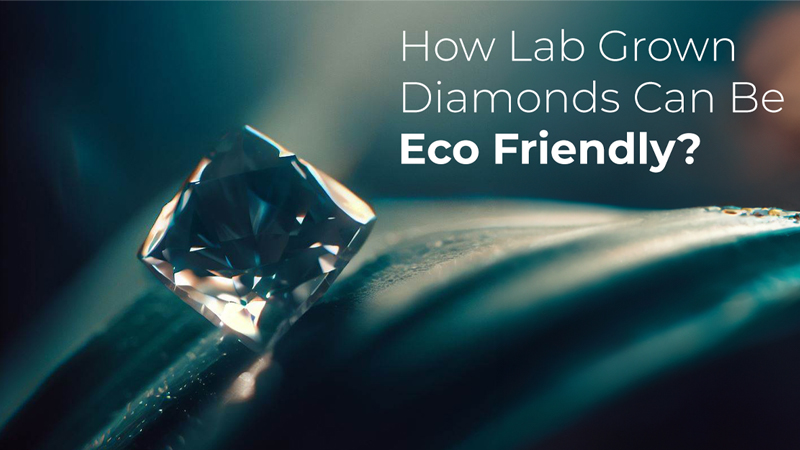
Lab created diamonds are far more eco-friendly than naturally mined diamonds because their manufacturing process has a lower environmental impact. On the other hand, naturally mined diamonds can have negative environmental consequences. The energy required to mine, transport, and process natural diamonds also contributes to greenhouse gas emissions.
Lab-grown diamonds, on the other hand, are produced with minimal energy and with no negative environmental impact. Conventionally naturally mined diamond produce over 125 pounds of carbon for per carat and 126 gallons (about 476.96 L).
Natural diamonds require 538.5 million joules and 18 gallons of water per carat. Lab-made diamonds require only 6 pounds of carbon and 250 million joules per carat. Overall, lab-grown diamonds are a more environmentally friendly alternative to natural diamonds, making them a better choice.
2. Ethically Sourced
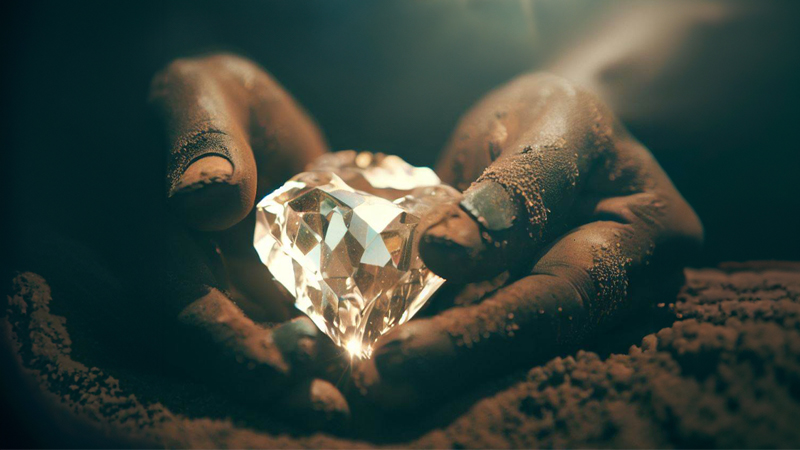
Lab-grown diamonds are a more ethical alternative to natural mined diamonds. Diamonds are manufactured in a controlled laboratory environment. This eliminates the risks associated with diamond mining, such as environmental damage.
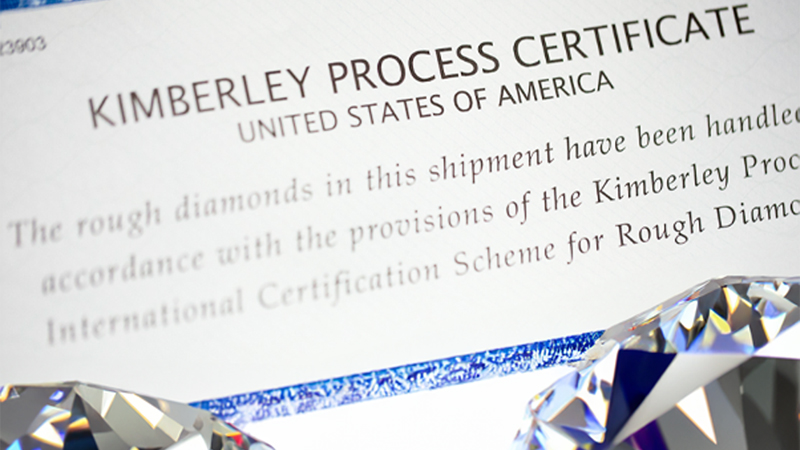
Naturally mined diamonds have been connected to many ethical issues. These include child labor, exploitation of the poor, and funding of wars in diamond-producing countries. To address these concerns, the Kimberley Process Certification Scheme was established. However, some critics argue that it falls short of ensuring ethical diamond sourcing.
By comparison, there is greater transparency and traceability in the supply chain with lab-grown diamonds. This enables the demand for lab created diamonds to increase exponentially.
3. Cost Effective

Lab grown diamonds are a clear choice when it comes to price. Their production process is more efficient, making them a cost-effective option compared to natural diamonds. Lab-grown diamonds usually cost 30-40% less than comparable natural mined diamonds.
Lab-grown diamonds result in cost savings for multiple reasons. These include increased efficiency in the manufacturing process and lower production costs. Thanks to advanced technology, a lab-grown diamond now costs about the same as a real diamond. They are not diamond simulants such as moissanite, cubic zirconia, and rhinestone.
Diamond simulants are stones that imitate the appearance of real diamonds. However, they have different chemical and physical properties. They are also known as simulated diamonds.
However, selecting a lab grown diamond over a natural will result in a 10% – 30% cost savings. Additionally, the savings grow considerably if you're looking to purchase a colored diamonds.
Lab-grown diamonds are a more affordable option than traditional diamonds. They also provide more flexibility in size, cut, and clarity. This allows you to select the diamond that fits your budget and preferences. Hence, the lab grown diamonds are an appealing option for those seeking a high-quality diamond.
4. Quality
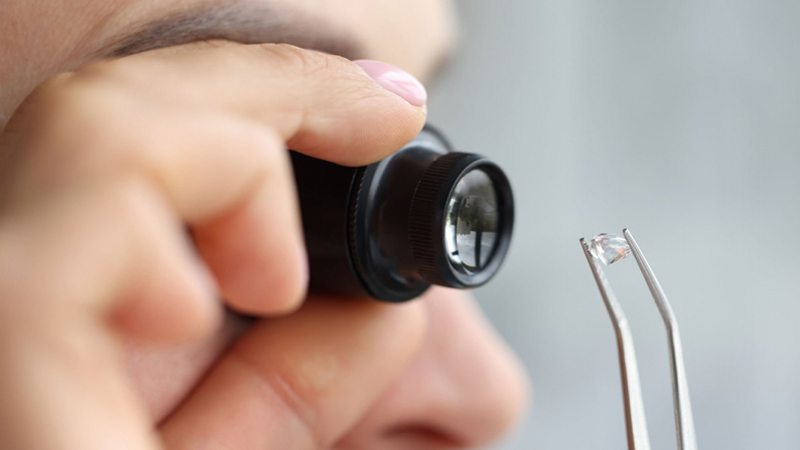
Lab grown diamonds are as real as naturally mined diamonds. The quality and value of lab-grown diamonds can vary depending on the chemical composition and manufacturing process.
Lab-grown diamonds are created in a controlled environment. This means they are likely to have fewer inclusions, more consistent color, and superior clarity compared to natural diamonds. However, in general, lab-grown diamonds are of high quality and can be physically, chemically, and optically identical to natural diamonds.
The benefits of lab grown diamonds is that they are more reliable in quality than naturally mined diamonds. As the quality of the diamond increases, it will get better, whiter, and brighter.
In fact, a significant portion of lab-grown diamonds have purity ratings that are higher than those of their natural counterparts. Diamonds produced above the ground are purer than those blasted out with dynamite and fuel, which are known as "dirt diamonds". Hence, lab-grown diamonds have fewer inclusions, more consistent color, and superior clarity when compared to natural diamonds.
Lab-grown diamonds are graded using the same system as naturally mined diamonds. This system is based on the 4Cs: cut, color, clarity, and carat.
5. Certification

Lab-grown diamonds can be certified by reputable independent gemological laboratories like natural diamonds. The overall quality of a diamond is based on the 4C's: cut, color, clarity, and carat.
Instruments such as microscopes and loupes are used by diamond lab experts to examine, measure, and evaluate the diamonds. These findings are then recorded on the certificate.
These certifications provide valuable information about the diamond's quality and characteristics to buyers, allowing them to make an informed decision. Therefore, you must be aware of the kind of certificates when purchasing lab-grown diamonds.
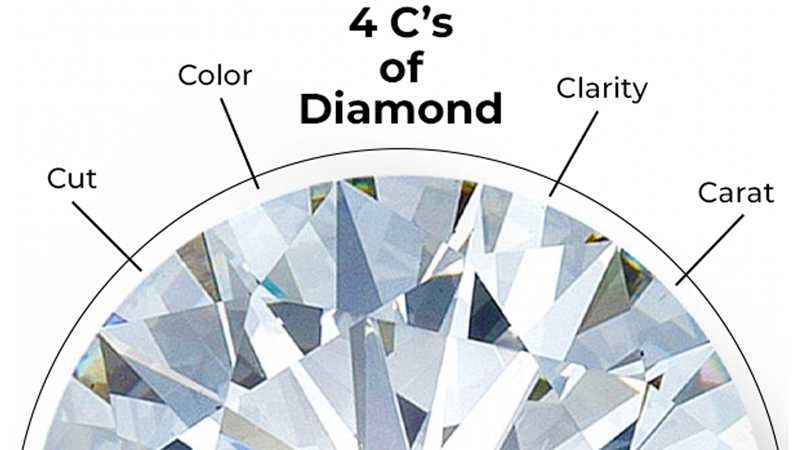
The International Gemological Institute (IGI) and Gemological Institute of America (GIA) are internationally renowned for their diamond grading and certification. These two organizations are the most widely used for lab-grown diamond certification. Certifications evaluate the quality of lab-grown diamonds according to the 4Cs: carat weight, color, clarity, and cut. Other important factors such as fluorescence and symmetry are also taken into account.
Certification organizations may provide extra information about a diamond, such as the manufacturer, production method, and if it is conflict-free. This information is in addition to the 4Cs.
Should I invest in a diamond ring that has been produced in a laboratory environment?
Most people think lab-grown diamonds are synthetic or false, but this is simply not true! Lab-grown diamonds are identical to natural diamonds but are grown in a different environment. A lab-grown diamond is not a fake diamond, it's just like a natural diamond.
Synthetically made diamonds offer many advantages when compared to their natural counterparts. They come at a lower cost, are more eco-friendly, sourced ethically, and will last as long as their mined counterparts. More significantly, they keep the lovely and brilliant luster of genuine diamonds. Because lab grown diamonds do not require mining, they are more environmentally friendly than real diamonds.
Synthetic diamonds have traceable origins. This is a distinct advantage over natural diamonds, which can be subject to controversies surrounding their origin. You may feel fear or worry about not knowing where your diamond came from, making synthetic diamonds an excellent option.
They could be more sustainable if the energy used to manufacture them comes from a sustainable source. Natural diamonds have seen a significant price increase. This is due to supply limits and inflation causing disruptions in the diamond business.
The above characteristics combine to make them an excellent choice for an engagement ring for the love of your life.
Conclusion
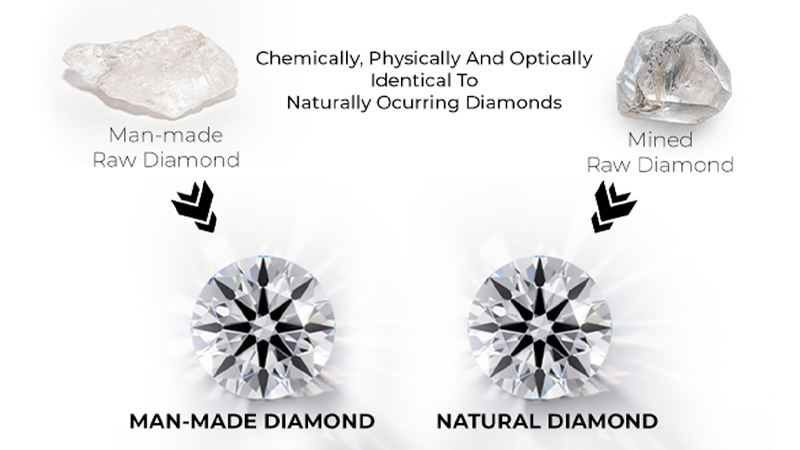
Finally, there are several reasons people consider purchasing a lab-grown diamond over natural diamond. Lab-grown diamonds are not only less expensive than naturally mined diamonds, but they are also eco-friendly and ethically sourced.
Lab-grown diamonds are of high quality and have fewer inclusions and consistent color and clarity. This makes them almost indistinguishable from mined diamonds. Furthermore, their chemical properties are the same as those of natural diamonds.
Certification from reputable gemological laboratories, such as IGI and GIA, is a guarantee of authenticity and quality for lab-grown diamonds. IGI and GIA are two such examples. Choose a lab-grown diamond and enjoy a beautiful and high-quality diamond at an affordable price. Additionally, this choice helps the environment and society.

